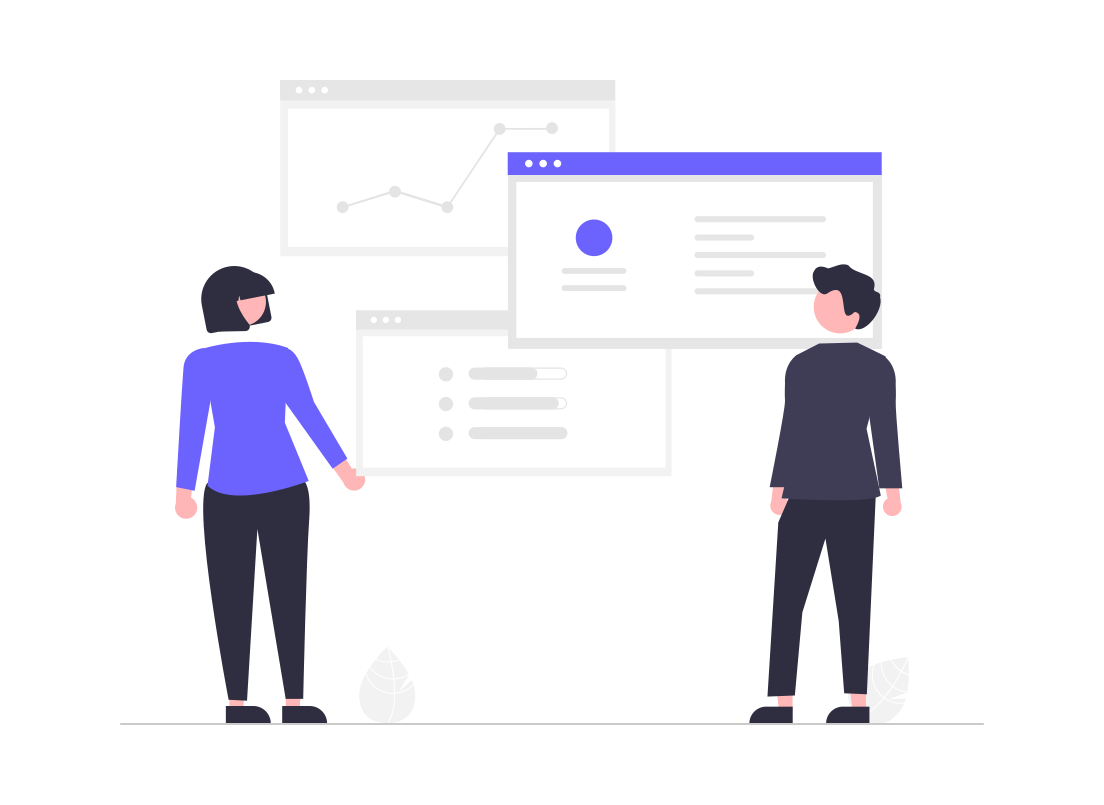Startups often begin their Account-Based Marketing (ABM) journey with limited resources and a lean approach. As they grow, the need to scale these tactics becomes paramount to achieving high growth. This guide will explore the step-by-step process for startups to scale their ABM strategies effectively, transforming lean efforts into robust growth engines.
Phase 1: Lean Beginnings
Understanding Your Market
Before scaling, it’s crucial to have a deep understanding of your target market and ideal customer profile (ICP). Start with extensive market research to identify high-value accounts.
- Market Research: Use industry reports, competitor analysis, and customer feedback to gather insights.
- ICP Development: Define the characteristics of your ideal customers, including demographics, firmographics, and pain points.
Creating a Solid Foundation
Lay the groundwork with a lean ABM strategy focused on high-value targets.
- Target Account List: Identify a small, manageable list of high-value accounts.
- Personalized Content: Develop personalized content that speaks directly to the needs and challenges of these accounts.
Phase 2: Optimizing Resources
Leveraging Automation
As your startup grows, leveraging automation tools becomes essential for efficiency and scalability.
- Marketing Automation: Platforms like HubSpot and ActiveCampaign can automate email campaigns, social media posts, and lead scoring.
- CRM Integration: Ensure your CRM system (e.g., Salesforce, Pipedrive) is integrated with your marketing tools for seamless data flow.
Multi-Channel Engagement
Expand your reach by engaging target accounts across multiple channels.
- Email Marketing: Personalize email sequences for different stages of the buyer’s journey.
- Social Media: Use LinkedIn for targeted ads and direct outreach.
- Content Marketing: Create blogs, whitepapers, and videos that address specific account needs.
Phase 3: Scaling Tactics
Expanding Your Target Account List
With initial success, expand your target account list to include more high-value prospects.
- Advanced Segmentation: Use data analytics to segment your market further and identify additional high-value accounts.
- Predictive Analytics: Implement predictive analytics tools to forecast which accounts are most likely to convert.
Enhancing Personalization
Increase the level of personalization in your campaigns to maintain engagement as you scale.
- Dynamic Content: Use dynamic content to tailor website experiences and email content based on account data.
- ABM Platforms: Invest in ABM platforms like Terminus or Demandbase for advanced targeting and personalization capabilities.
Phase 4: Measuring Success
Tracking Key Metrics
As you scale, continuously measure the success of your ABM efforts to ensure they drive growth.
- Engagement Metrics: Monitor email open rates, click-through rates, and social media engagement.
- Conversion Metrics: Track lead conversion rates and the progression of accounts through the sales funnel.
- Revenue Metrics: Measure the contribution of ABM efforts to overall revenue growth and customer lifetime value.
Iterating and Improving
Use data-driven insights to refine and improve your ABM strategies continuously.
- Regular Reviews: Conduct regular strategy reviews to assess performance and identify areas for improvement.
- A/B Testing: Implement A/B testing for emails, landing pages, and ads to optimize effectiveness.
Phase 5: Achieving High Growth
Aligning Sales and Marketing
Ensure that your sales and marketing teams are fully aligned to maximize the impact of your ABM efforts.
- Collaborative Planning: Hold joint planning sessions to develop cohesive strategies.
- Shared Goals: Establish shared goals and metrics to measure success.
Investing in Technology
As your startup scales, invest in advanced technologies to support your ABM strategy.
- AI and Machine Learning: Use AI and machine learning to predict customer behavior and personalize interactions at scale.
- Advanced Analytics: Implement advanced analytics tools to gain deeper insights into account performance and campaign effectiveness.
Conclusion
Scaling ABM tactics from lean beginnings to achieve high growth requires a strategic approach, efficient resource optimization, and continuous improvement. By following these phases, startups can transform their ABM strategies into powerful growth engines, driving significant engagement and revenue.


